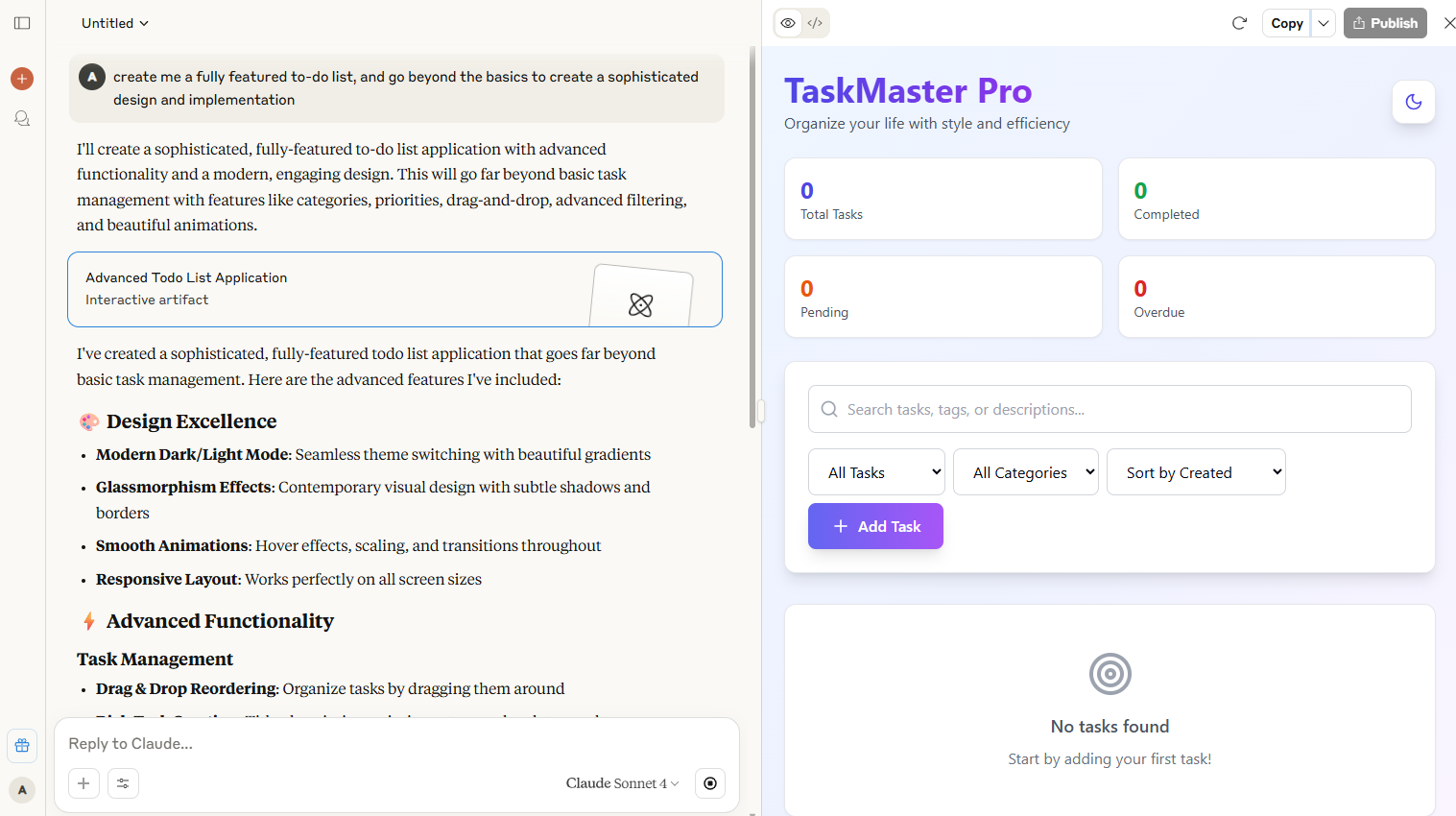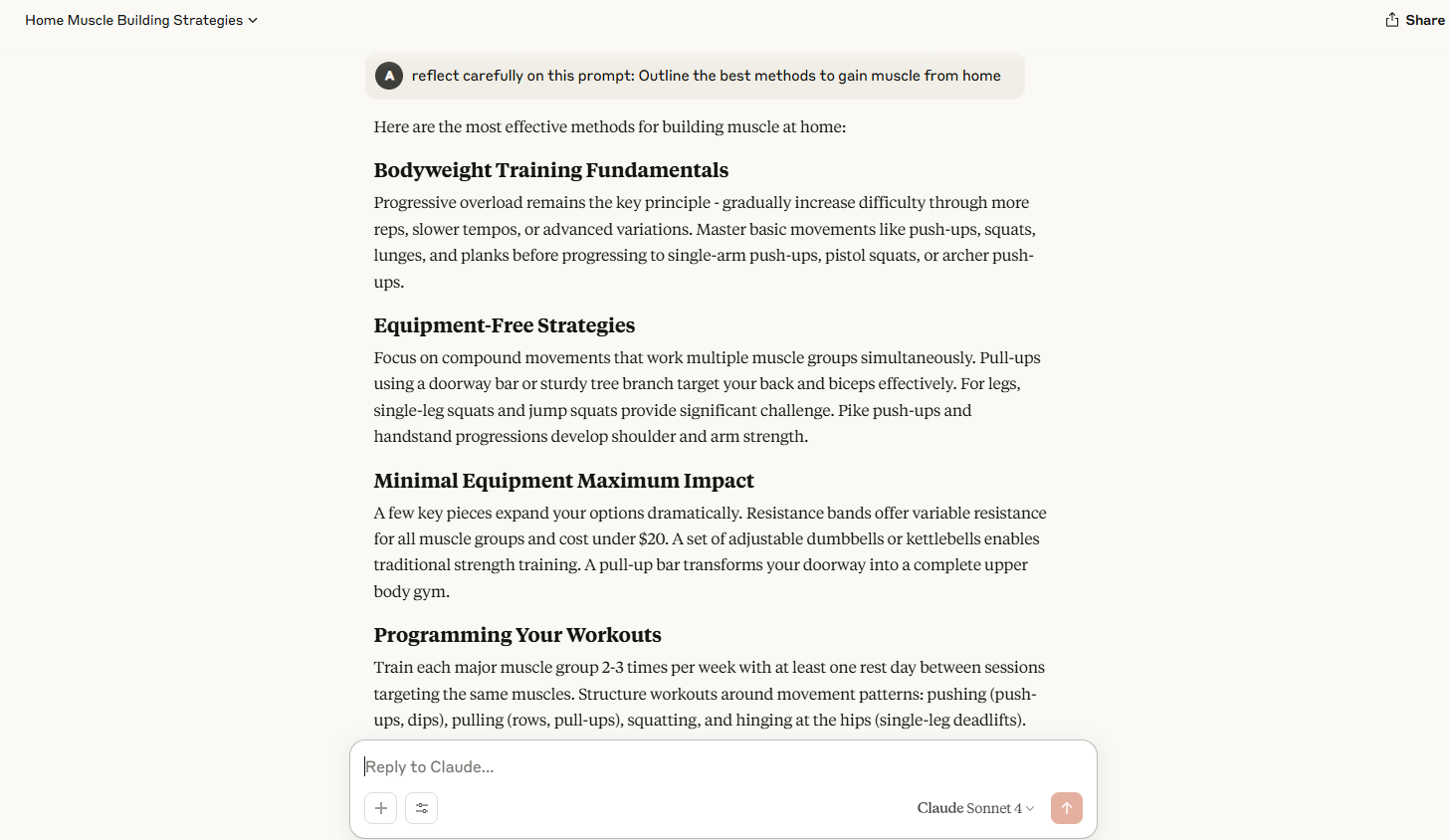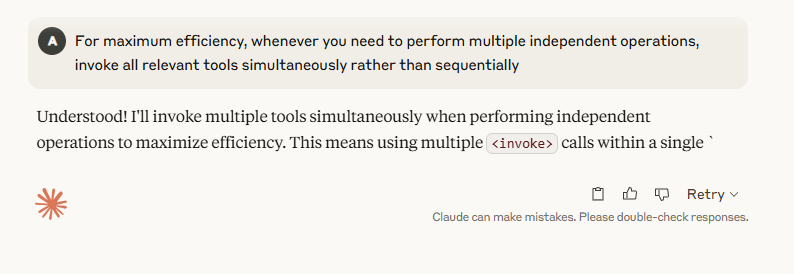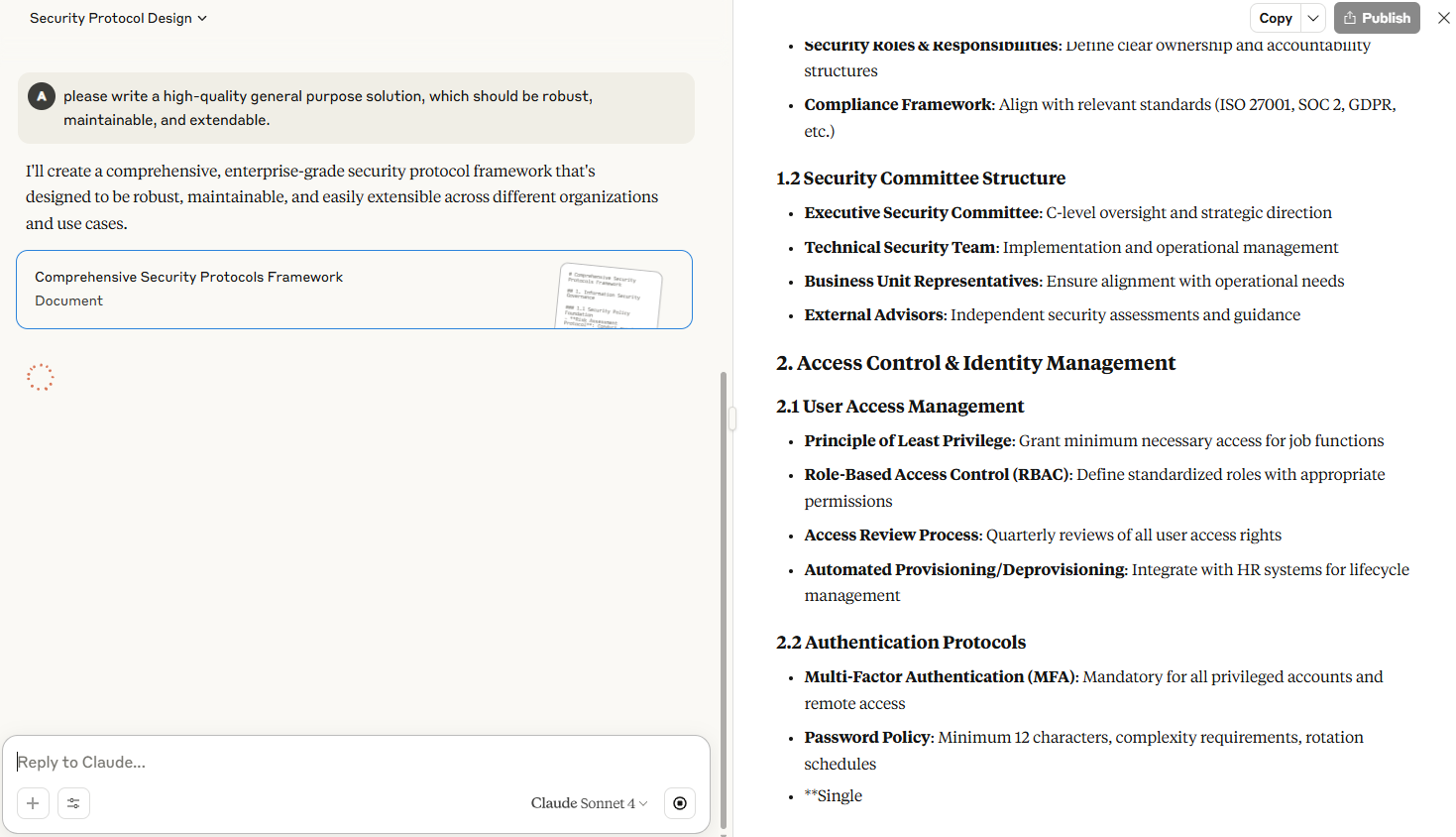Anthropic recently launched its much-anticipated Claude 4 AI model, and it’s proving to be a worthy addition to the brand. Claude models are recognized as some of the best AI models around, especially for coding.
But how do you make the best of this powerful new tool? Here are five tips taken directly from Anthropic to help you make best use of the model.
Tip 1: Be explicit

Claude responds well to more detailed starter prompts. So for example, instead of saying ‘create me a to-do list’, the better prompt would be ‘create me a fully featured to-do list, and go beyond the basics to create a sophisticated design and implementation’.
You may like
Yes it’s wordy, but this extra detail really helps. You should also include formatting instructions to ensure the application looks and operates exactly as you want it to. Use examples too, but make sure they accurately reflect your end goal.
Tip 2: Leverage thinking

The new Claude model is extremely good at thinking about processes. This ‘extended thinking’ can be steered, through good prompting, to deliver extra performance at every stage of development. An example of this would be to include the phrases ‘reflect carefully’ or ‘think carefully about’ in your prompt.
This pushes the model to spend more time considering all the options before making a code decision. This is especially valuable for complex debugging of code errors, or implementing more sophisticated interfaces.

Tools in this context are software components which add bolt-on functionality to the model during the development process. Claude 4 excels at using tools in this way. In order to get the best out of this feature, it again pays to use explicit prompting, as it can yield significant results.
Anthropic offers this specific prompt as an example.
“For maximum efficiency, whenever you need to perform multiple independent operations, invoke all relevant tools simultaneously rather than sequentially.”
This encourages the model to think about the code generation and tool integration in a wider context, which makes the coding process more efficient and less error prone.
Tip 4: Superior design
Unlike many of its AI model rivals, Claude 4 now features a whole new level of design expertise. The result is a significant uplift in the design quality of applications that the model can produce. A quick cheat phrase that can be used in the prompt when describing your desired design is, ‘don’t hold back, give it your all’.
The Anthropic dev team also recommends that users add as much detail of the functionality, structure and interactivity of the app as possible in the design part of the prompt.
This can even include specifying the type of button hover states you want, or any other detailed design elements which will help the model add great looking polish to the final product.
Tip 5: General utility

One of the common faults of AI coding models is that they often generate code that is extremely specific. For example hard hard-coding in numbers or processes which could be more open-ended and flexible.
An app which is limited to Celsius as a temperature measurement, or kilometers for distance, is clearly going to be less valuable than one which can be configured for different environments and geographies.
Anthropic recommends that the user prompts around this issue by specifically requesting no hard coded values when appropriate. An example prompt is, ‘please write a high-quality general purpose solution, which should be robust, maintainable, and extendable.’
The Claude Opus 4 and Sonnet 4 models mark a significant milestone in AI code development. For the first time coders can use the model’s enhanced design and reasoning to create sophisticated, beautiful looking applications on demand. It’s a bright new era in AI coding.
More from Tom’s Guide
Back to Laptops

